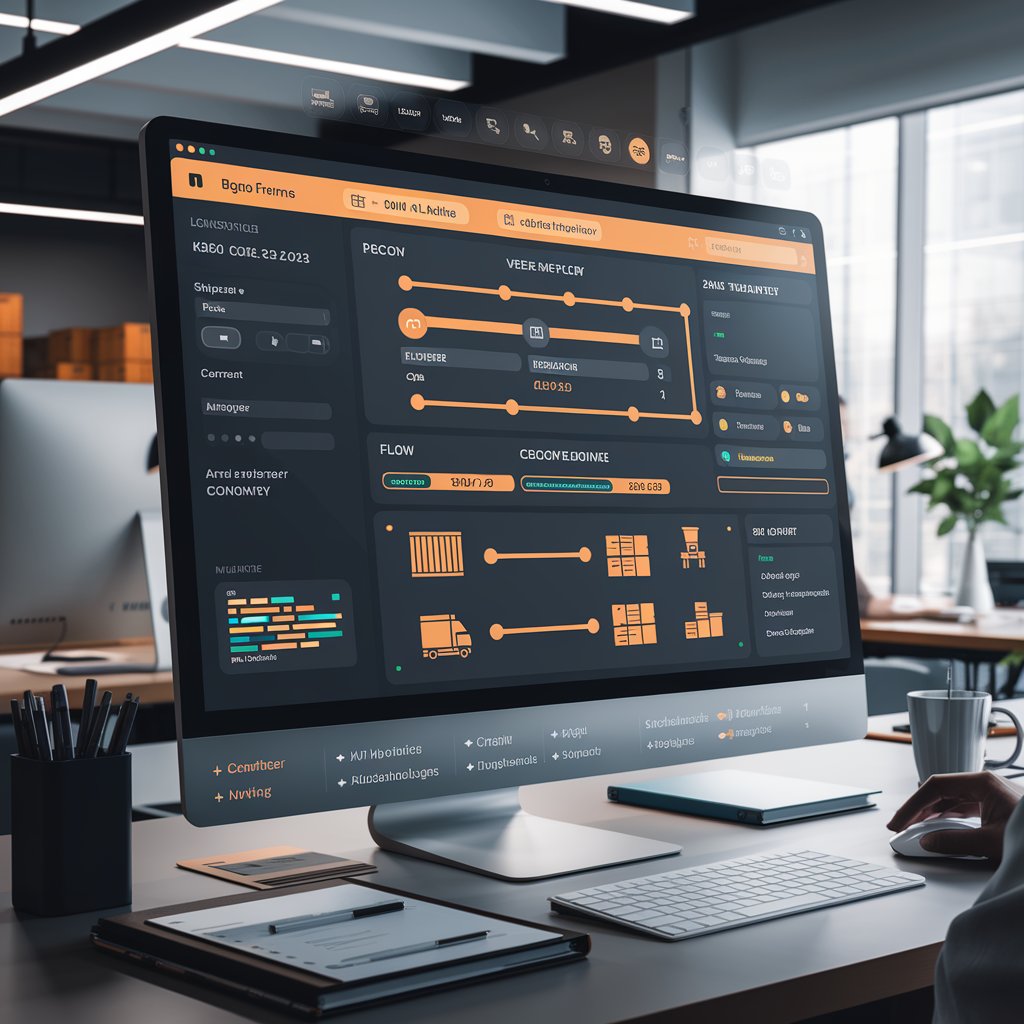Streamlining BoL Creation with Software: Step-by-Step Tutorial

📦 What Is a Bill of Lading (BoL)?
A Bill of Lading is a legal document between the shipper and carrier that outlines the type, quantity, and destination of goods. It serves three critical roles:
- Proof of shipment
- Receipt for goods
- Document of title
Using software to manage BoLs eliminates the manual headache and ensures regulatory compliance.

🧠 Why Use Bill of Lading Software?
Before we dive in, here’s why adopting BoL software is a smart move:
✅ Speed: Auto-fill data from previous shipments
✅ Accuracy: Eliminate manual entry errors
✅ Compliance: Built-in templates that meet carrier and customs standards
✅ Integration: Sync with CRM, accounting, and tracking systems
✅ Cloud Access: Generate BoLs anywhere, anytime
🛠 Step-by-Step: Creating a BoL with Software
Here’s how to create a digital BoL using modern software, such as Linbis Freight Forwarding Software or a similar platform.
1. Log in to Your Freight Platform
Access your freight management system (e.g., Linbis) via desktop or mobile. Ensure you have the proper user permissions to generate documents.
🔐 Tip: Use two-factor authentication to secure sensitive shipment data.
2. Select/Create a Shipment
Navigate to the Shipments or Orders section. Either:
- Choose an existing shipment, or
- Click “New Shipment” to input details manually
Include:
- Shipper & consignee information
- Pickup & delivery locations
- Cargo description
🔄 Bonus: Some platforms pull this data automatically from your CRM or previous entries.
3. Generate the BoL Document
Find the “Generate Document” or “BoL” option within the shipment view. Then:
- Choose the BoL template (standard, ocean, air, etc.)
- Auto-populate fields from the shipment record
- Review and edit fields as needed:
- Commodity type
- Number of packages
- Weight & volume
- Handling instructions
- Incoterms
- Commodity type
🧾 Good software will highlight missing required fields in red before submission.
4. Attach Carrier Details
Add the carrier’s name, SCAC code, and any tracking IDs or equipment numbers (like container or trailer IDs).
🚛 Pro tip: Integrate carrier APIs to fetch live tracking numbers automatically.
5. Preview & Confirm
Before finalizing:
- Preview the BoL in PDF format
- Check for typos or formatting errors
- Confirm document complies with destination regulations
👀 Look for digital signature or approval features if your software supports them.
6. Save, Send, or Print
With a few clicks, you can:
📨 Email the BoL to the shipper, consignee, and carrier
📁 Store it in your cloud document manager
🖨️ Print a hard copy (for LTL or manual verification)

🔄 Automate for Future Shipments
Most software lets you duplicate past BoLs or create templates for recurring shipments — saving hours of repetitive work each week.

🚀 Go Further: Integrating BoL Software with Logistics Tools
Level up by connecting your BoL tool to:
- 📦 Inventory management systems
- 📬 E-commerce order systems
- 📊 Accounting platforms (QuickBooks, Xero)
- 📍 Real-time shipment tracking
With Linbis, for example, BoL generation is part of an all-in-one freight forwarding suite, helping you manage quotes, tracking, customs, and more — all in one dashboard.
📈 Final Thoughts
Bill of Lading software isn’t just a convenience — it’s a competitive edge. Whether you’re shipping weekly or running a full logistics operation, automating BoL creation cuts costs, improves accuracy, and enhances customer satisfaction.
Ready to try it yourself? Tools like Linbis offer free trials and easy onboarding to help you get started in minutes.
🔍 FAQs
Q: Is digital BoL accepted by carriers?
A: Yes! Most carriers accept digital BoLs, especially if they’re compliant with industry standards (like UBL or EDI).
Q: Can I create ocean or air BoLs too?
A: Absolutely. Most systems support multiple formats like House BoL (HBL), Master BoL (MBL), and Air Waybill (AWB).
Q: What if I need to update a BoL after creation?
A: Good software lets you edit or void previous BoLs and issue corrections with an audit trail.
